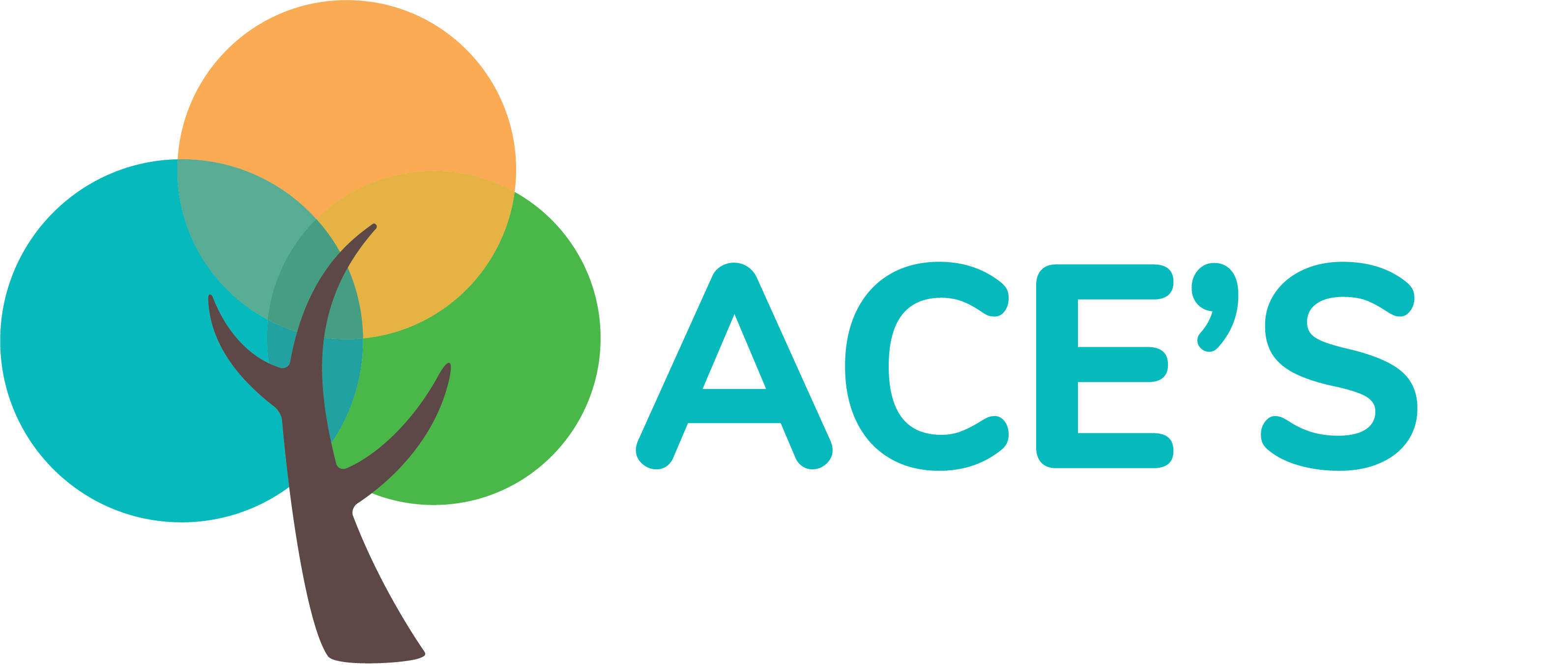PRUNING
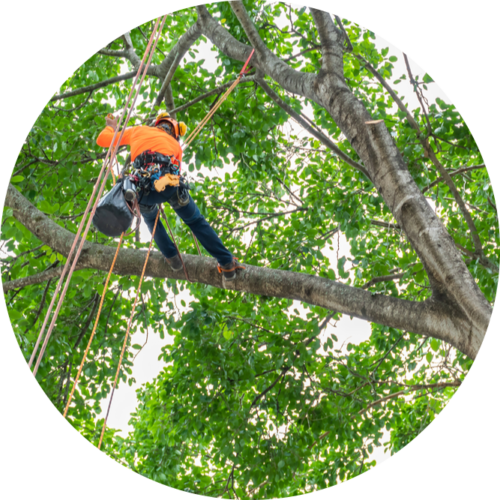
There are two types of tree pruning: Crown Maintenance and Crown Modification. Specific types of pruning may be necessary to maintain a mature tree in a healthy, safe, and attractive condition.
- Crown Maintenance includes Deadwooding, Crown Thinning, Selective Pruning, Formative Pruning, Cleaning
- Crown Modification includes Reduction Pruning, Crown Lifting, Pollarding, Remedial (corrective) Pruning and Line Clearance.
Some other industry terminology:
Cleaning is the removal of dead, dying, diseased, crowded, weakly attached, and low-vigour branches from the crown of a tree.
Thinning is the selective removal of branches to increase light penetration and air movement through the crown. Thinning opens the foliage of a tree, reduces weight on heavy limbs, and helps retain the tree’s natural shape.
Raising removes the lower branches from a tree in order to provide clearance for buildings, vehicles, pedestrians, and vistas.
Reduction reduces the size of a tree, often for clearance of utility lines. Reducing the height or spread of a tree is best accomplished by pruning back the leaders and branch terminals to lateral branches that are large enough to assume the terminal
REMOVAL
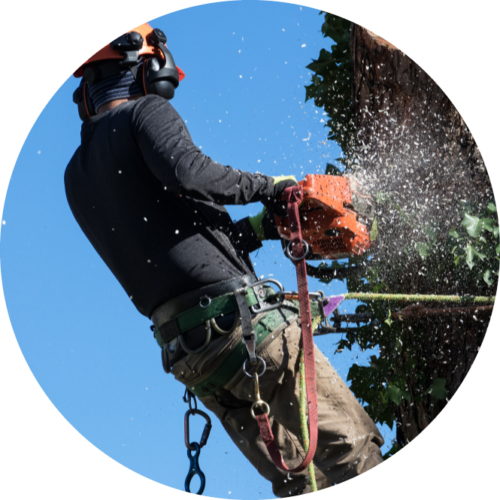
Although tree removal is a last resort, there are times when it is necessary. An arborist can help decide whether or not a tree should be removed. Professionally trained arborists have the skills and equipment to safely and efficiently remove trees.
Removal is recommended when a tree:
- is dead, dying, or considered irreparably hazardous
- is causing an obstruction or is crowding and causing harm to other trees
- is to be replaced by a more suitable specimen
- should be removed to allow for construction
PALM PRUNING
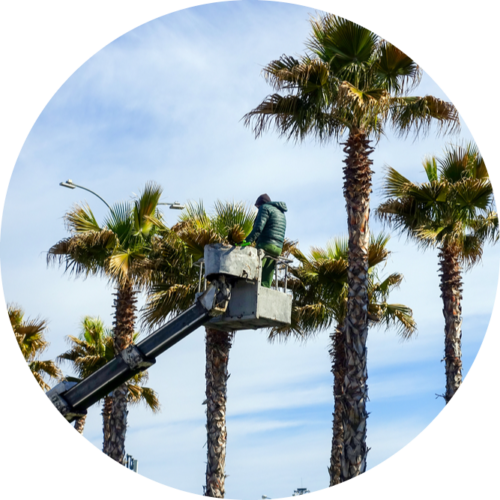
Palm pruning refers to the removal of old fronds and fruit. Avoiding the removal of healthy fronds is essential as it may place the palm under stress and encourage more vigorous growth. Although palm trees are often thought of as low maintenance plants, it’s important to schedule regular pruning to keep them attractive and safe.
Here are some of the reasons why it’s vital to prune your palm trees:
- Removing dead lower fronds can improve the appearance of your tree.
- Dead or dying fronds are only weakly attached to the palm, making it dangerous to both people and your property if they fall. Removing them lowers the risk.
- Pruning removes fruit clusters which can be hazardous and messy if left to fall on its own.
- Removing dead fronds eliminates nesting places for rats and other pests.
- Pruning is the solution if your palm tree is at a point of being a visual or fire hazard.
GENERAL TIDY
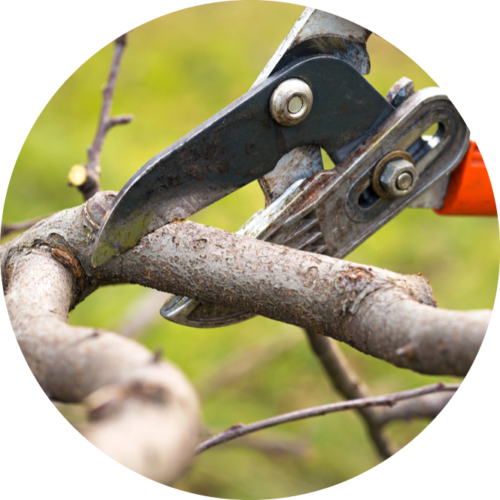
Comprehensive general tidy involves removal of deadwood and stubs as well as trimming off diseased, dying, and deformed branches. Correct trimming brings the tree back into focus. It reduces the risk of branch failures, improves the health of the tree, and enhances its appearance.
Aces Tree and Garden Service prefers to perform a routine General Tidy with all forms of pruning. We make sure to follow all standards and guidelines for proper trimming and branch removals. This ensures that your trees and shrubs end up healthier than they were before.
LOPPING
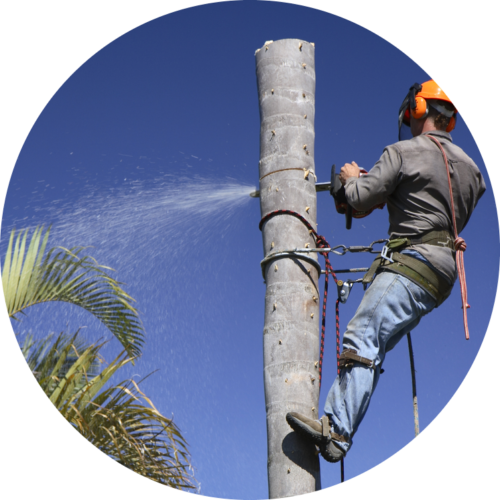
Lopping refers to the cutting of branches or stems that sit between the branch unions. The Australian Standard defines Lopping and Topping, Wound Painting and Flush Cutting as unacceptable practices. It leaves the tree vulnerable, temporarily starves the tree, and puts too much stress on the tree to put out a new crop of leaves even if it doesn’t have enough energy to do so.
At Ace’s Tree and Garden Services we advise against lopping because:
- The wounds from lopping are too large to heal naturally so it causes decay.
- Lopping takes away a large number of leaves, exposing the branches and trunk to high levels of heat.
- Open wounds from lopping make the tree more vulnerable to diseases and insects.
Please see our section on PRUNING for more information and alternative solutions.
